Image of 1951 Singer 4ab, sourced from www.manorparkclassics.com , Image Link.
Performance Metrics
Fundamental Metrics
Emotional Appeal
MMP Rating
| Engine Specifications | |
|---|---|
| Engine: | 1.5L I4 |
| Displacement: | 1497cc |
| Horsepower: | 48-50 HP |
| Torque: | Estimated 70-75 lb-ft |
| Compression Ratio: | Estimated 7.0:1 |
| Ignition System: | Distributor and coil |
| Cooling System: | Water-cooled |
| Performance Specifications | |
| 0-60 Time: | Estimated 30 seconds |
| 1/4 Mile Time: | Not available |
| Top Speed: | 75 mph |
| Transmission and Drive | |
| Drive Type: | Rear-wheel drive |
| Transmission Type: | 4-speed manual |
| Fuel and Efficiency | |
| Fuel System Type: | Carburetor |
| MPG: | Estimated 25-30 mpg |
| Dimensions and Brakes | |
| Brakes: | Drum brakes |
| Wheelbase: | 97 inches |
| Weight: | Estimated 2100 lbs |
Note: Specifications for classic cars are given to the best of our ability, considering the limited and variant data available.
A Journey Through Time: The 1951 Singer 4AB
Stepping into the world of classic British motoring, the 1951 Singer 4AB stands as a testament to an era of craftsmanship and elegance. Born from the storied Singer Motor Company, this vehicle encapsulates the post-war automotive renaissance. With its roots tracing back to the late 19th century, Singer was one of the first companies to transition from bicycle to automobile manufacturing, making the 4AB part of a rich legacy. A unique fact that car enthusiasts may find fascinating is that the Singer 4AB was among the last cars to bear the proud Singer emblem before the company was absorbed by the Rootes Group in the mid-1950s.
Design and Innovation
The exterior of the Singer 4AB radiates with a charm that is both quaint and dignified. Its curvaceous body, chrome accents, and upright grille offer a glimpse into a bygone era of automotive design. Inside, occupants are greeted with an interior that prioritizes simplicity and functionality over opulence. The quality of materials reflects the post-war period's austerity, yet there's an undeniable warmth in the wood veneer dashboard and durable fabric upholstery. Technologically, it featured advancements such as independent front suspension, which was quite innovative for its time. Color options for the 4AB were reflective of the period's tastes, with deep maroons, blues, and classic black being popular choices. The most iconic body style was undoubtedly the saloon, which offered practicality and style in equal measure.
Historical Significance
The Singer 4AB's impact on automotive design may not have been revolutionary, but it represented a bridge between pre-war quality and post-war economic sensibility. It set itself apart with its handcrafted construction at a time when mass production was becoming ubiquitous. This approach to car manufacturing would soon become a rarity, making vehicles like the 4AB cherished relics of a fading artisanal past.
Performance and Handling
Underneath its bonnet lay an OHV four-cylinder engine that delivered modest performance figures by today's standards but was quite capable for its time. The top speed hovered around 65 mph, with acceleration from 0-60 mph taking upwards of 30 seconds—a leisurely pace that encouraged drivers to savor their journey rather than rush through it. Handling characteristics were typical for cars of this era; while not sporty by any means, there was a certain grace to its movement. The driving experience was immersive—drivers could feel every contour of the road beneath them and hear each reverberation of the engine's purr.
Ownership Experience
The Singer 4AB served various roles from being a reliable daily driver to gracing car shows as a polished classic. Its straightforward mechanicals meant that maintenance could be managed by amateur enthusiasts with basic knowledge and tools.
Fun Facts
A delightful piece of trivia about the Singer 4AB is that despite its modesty, it found favor among certain celebrities and public figures of its time who appreciated its understated British charm. While it didn't break records in speed or sales, it held its own in endurance thanks to its robust build quality. Common criticisms often revolved around its leisurely performance and limited modern amenities—points which are now considered part of its vintage appeal.
Collector's Information
Today, a well-preserved Singer 4AB can fetch a wide range in value depending on condition and provenance. Production numbers were not vast; thus it carries a certain rarity that appeals to collectors. As for appreciation, vehicles like these tend to slowly increase in value as they become scarcer and more desirable among classic car aficionados. Estimating exact figures is challenging without current market data; however, one could expect these vehicles to sell anywhere from mid-four figures for models requiring restoration to potentially five figures for pristine examples.
Conclusion
The 1951 Singer 4AB is more than just an automobile; it's a piece of motoring history that embodies post-war Britain's resilience and craftsmanship. While not groundbreaking in performance or technology, it holds a special place in the hearts of those who appreciate automotive heritage. This charming classic continues to captivate enthusiasts around the world with its simplicity and grace.
1951 Singer 4ab Catalog of Parts
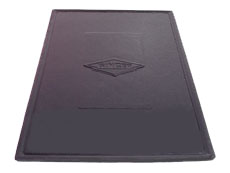 1951 Singer 4AB Accessory Floor Mat - 12"X17"-AC 48Accessory Floor Mat - made of high quality black rubber with molded original emblem. Also designed to be sewn into new carpets. 12"X17", Each
1951 Singer 4AB Accessory Floor Mat - 12"X17"-AC 48Accessory Floor Mat - made of high quality black rubber with molded original emblem. Also designed to be sewn into new carpets. 12"X17", Each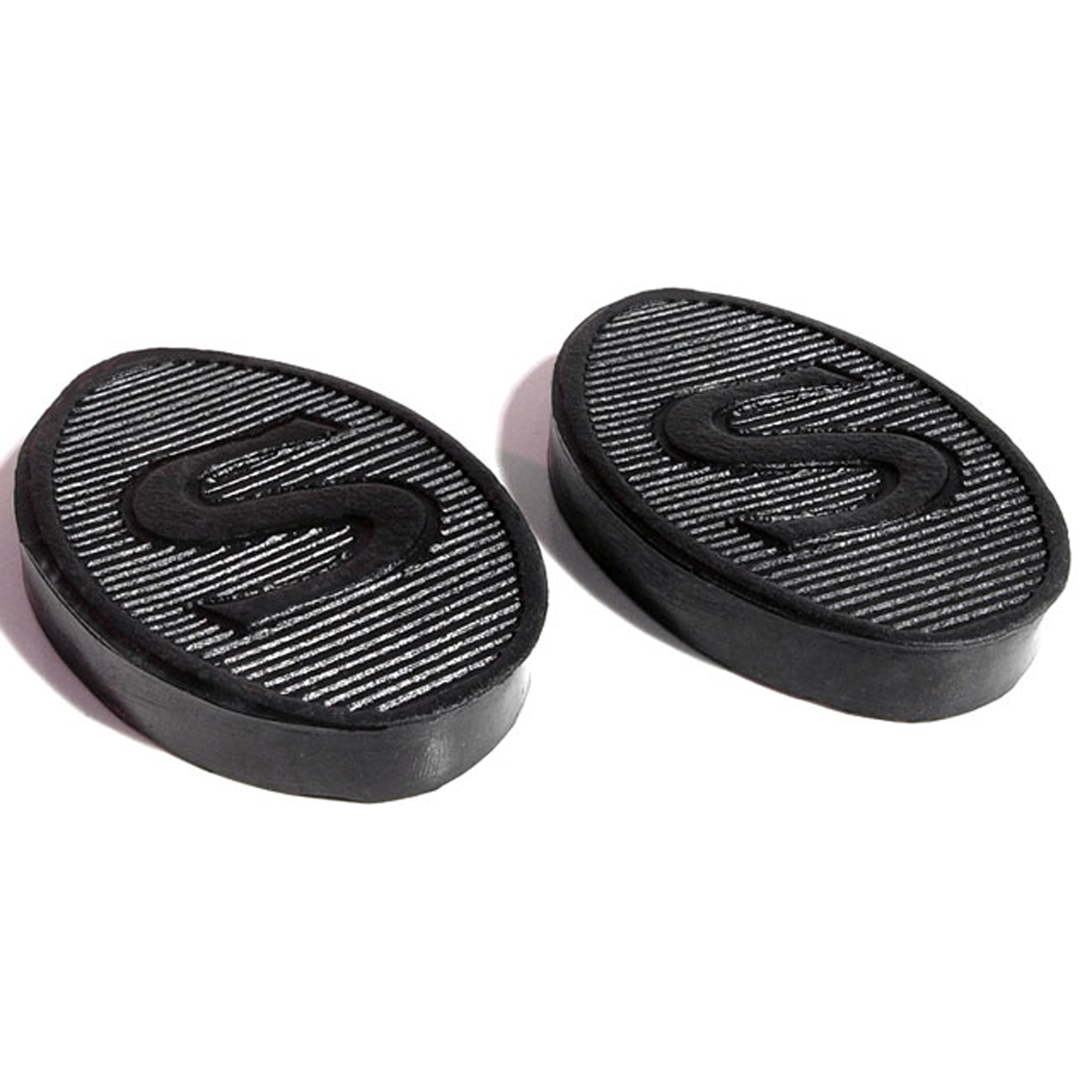 1951 Singer 4AB Clutch and Brake Pedal Pads. 1-3/4" wide X 3" long. Pair-CB 98Clutch and Brake Pedal Pads. 1-3/4" wide X 3" long. Pair
1951 Singer 4AB Clutch and Brake Pedal Pads. 1-3/4" wide X 3" long. Pair-CB 98Clutch and Brake Pedal Pads. 1-3/4" wide X 3" long. Pair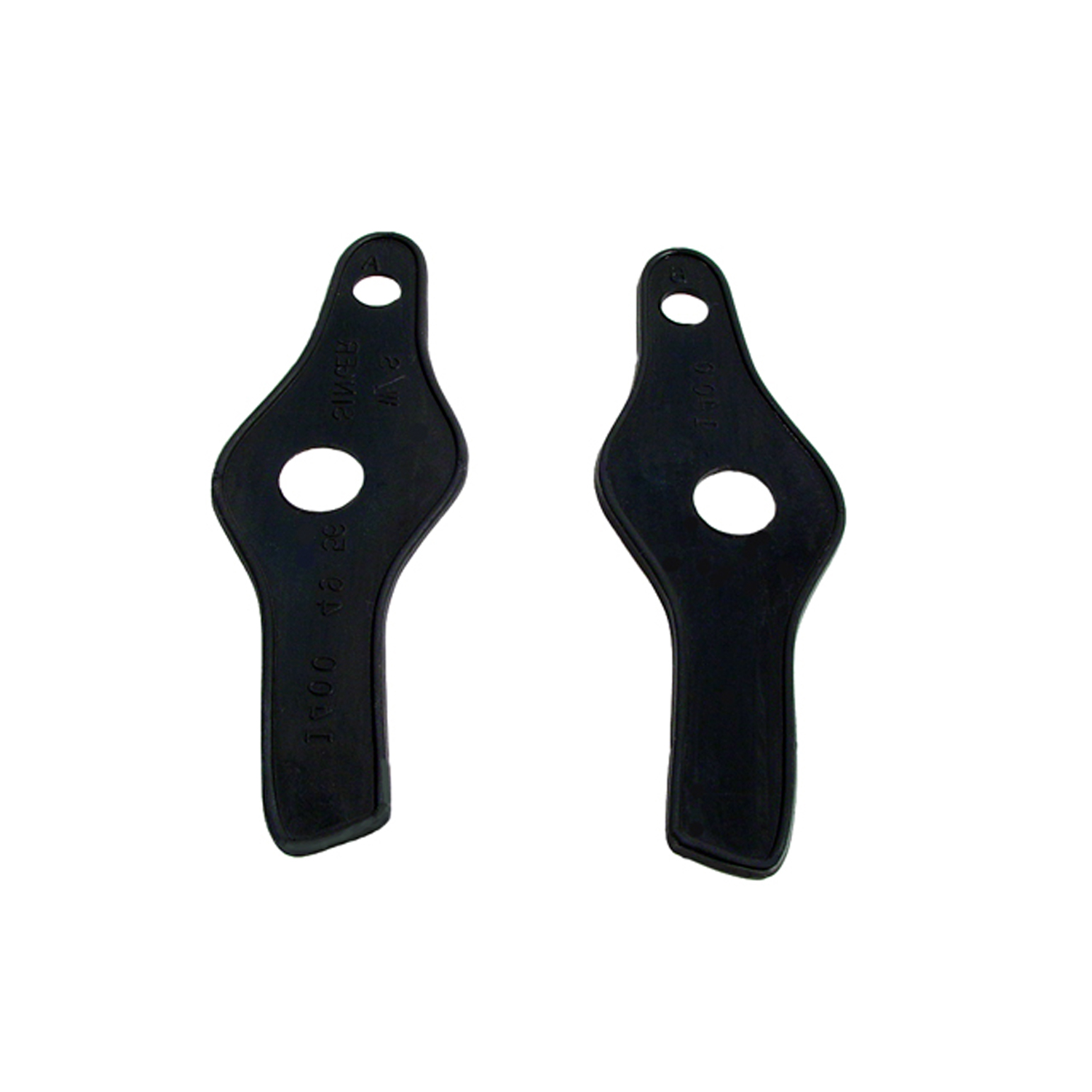 1951 Singer 4AB Windshield Post Pads. 2-3/8" wide X 6-3/4" long. Pair-MP 1400Windshield Post Pads. 2-3/8" wide X 6-3/4" long. Pair
1951 Singer 4AB Windshield Post Pads. 2-3/8" wide X 6-3/4" long. Pair-MP 1400Windshield Post Pads. 2-3/8" wide X 6-3/4" long. Pair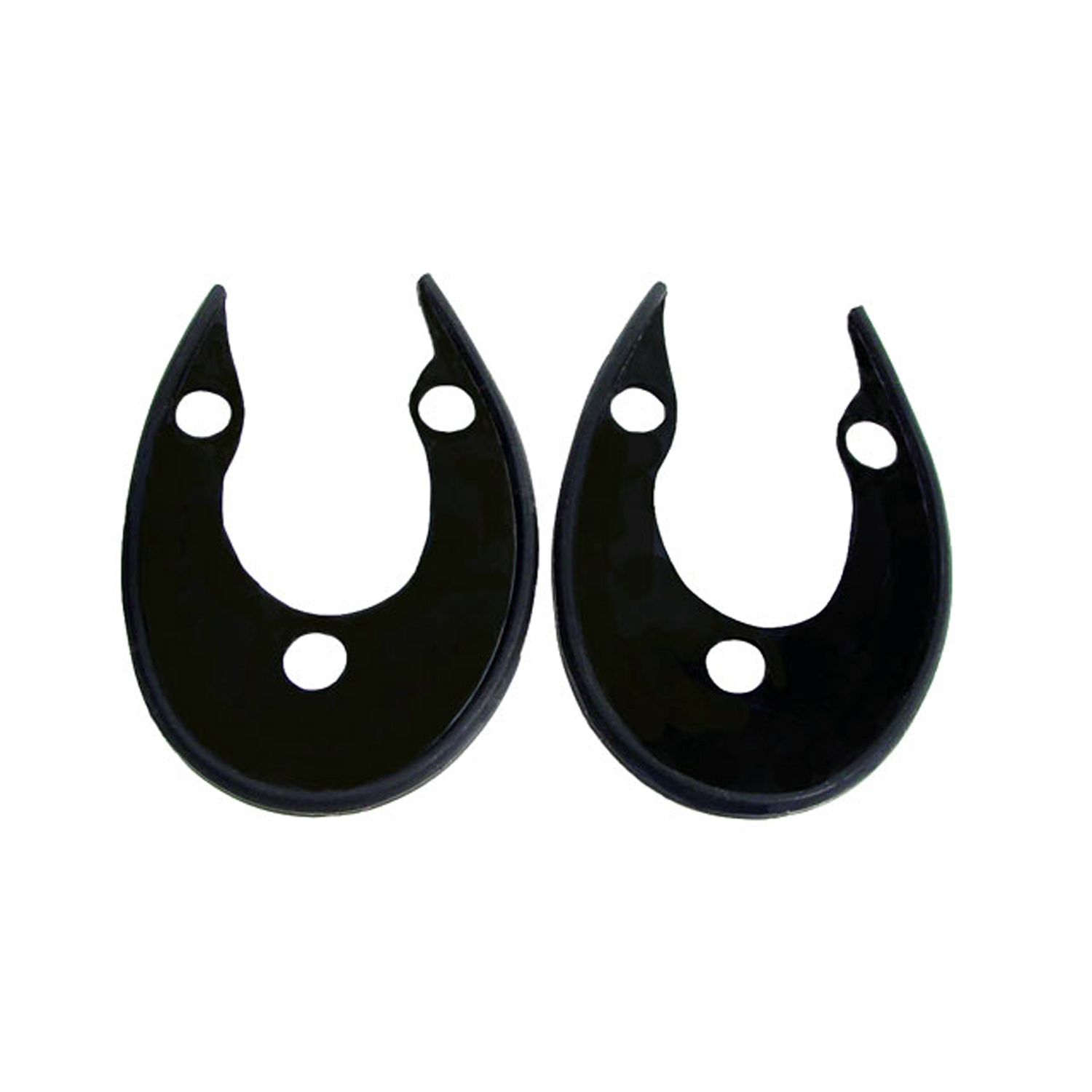 1951 Singer 4AB Tail-light Pads. 2-3/4" wide X 4" long. Pair-MP 1401Tail-light Pads. 2-3/4" wide X 4" long. Pair
1951 Singer 4AB Tail-light Pads. 2-3/4" wide X 4" long. Pair-MP 1401Tail-light Pads. 2-3/4" wide X 4" long. Pair 1951 Singer 4AB Park Light Pads. 1-1/4" wide X 2-3/4" long. Pair-MP 1402Park Light Pads. 1-1/4" wide X 2-3/4" long. Pair
1951 Singer 4AB Park Light Pads. 1-1/4" wide X 2-3/4" long. Pair-MP 1402Park Light Pads. 1-1/4" wide X 2-3/4" long. Pair 1951 Singer 4AB Trunk Lock Pad. 1-3/8" wide X 1-1/2" long. Each-MP 1403Trunk Lock Pad. 1-3/8" wide X 1-1/2" long. Each
1951 Singer 4AB Trunk Lock Pad. 1-3/8" wide X 1-1/2" long. Each-MP 1403Trunk Lock Pad. 1-3/8" wide X 1-1/2" long. Each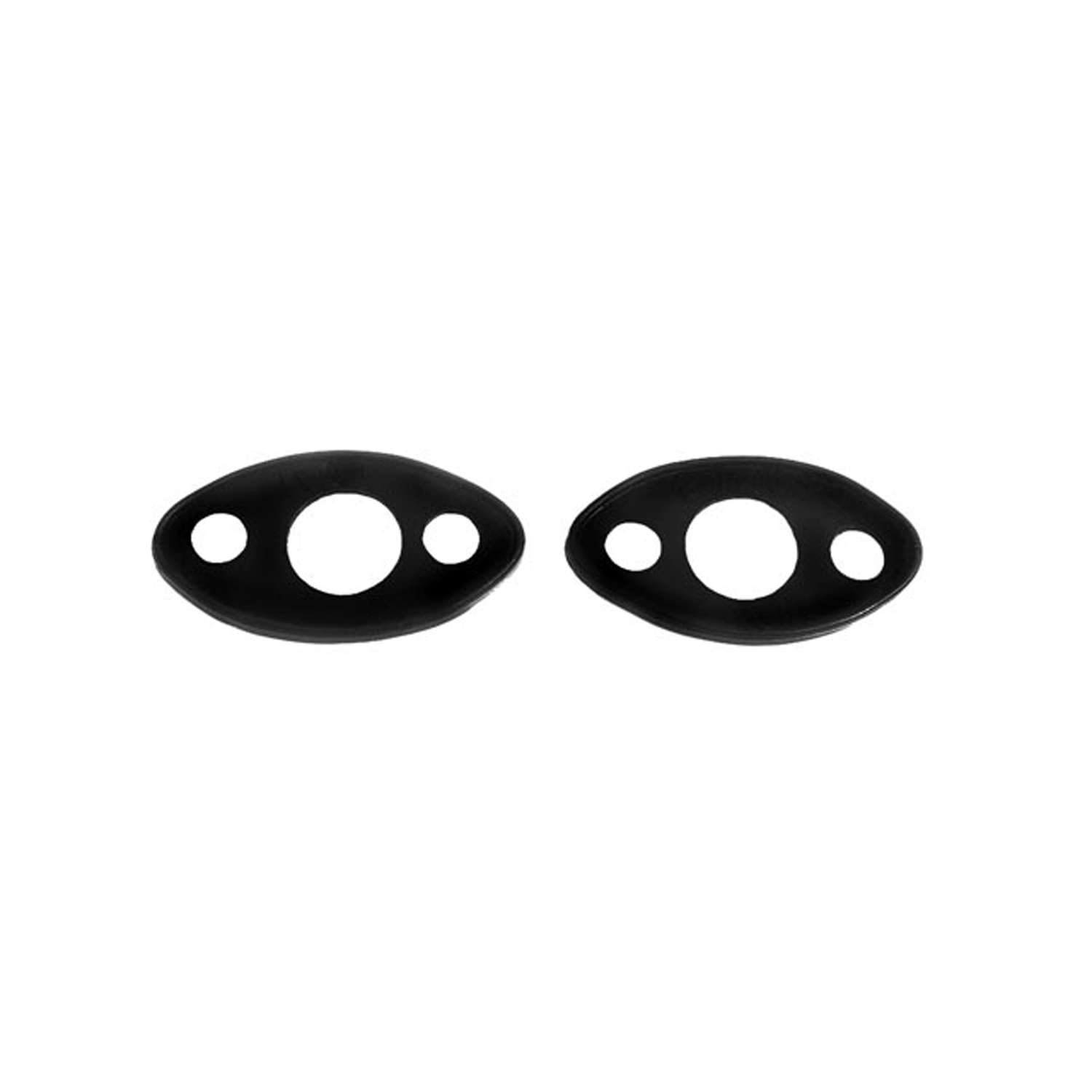 1951 Singer 4AB Door Handle Pads. 1-1/2" wide X 2-5/8" long. Pair-MP 1404Door Handle Pads. 1-1/2" wide X 2-5/8" long. Pair
1951 Singer 4AB Door Handle Pads. 1-1/2" wide X 2-5/8" long. Pair-MP 1404Door Handle Pads. 1-1/2" wide X 2-5/8" long. Pair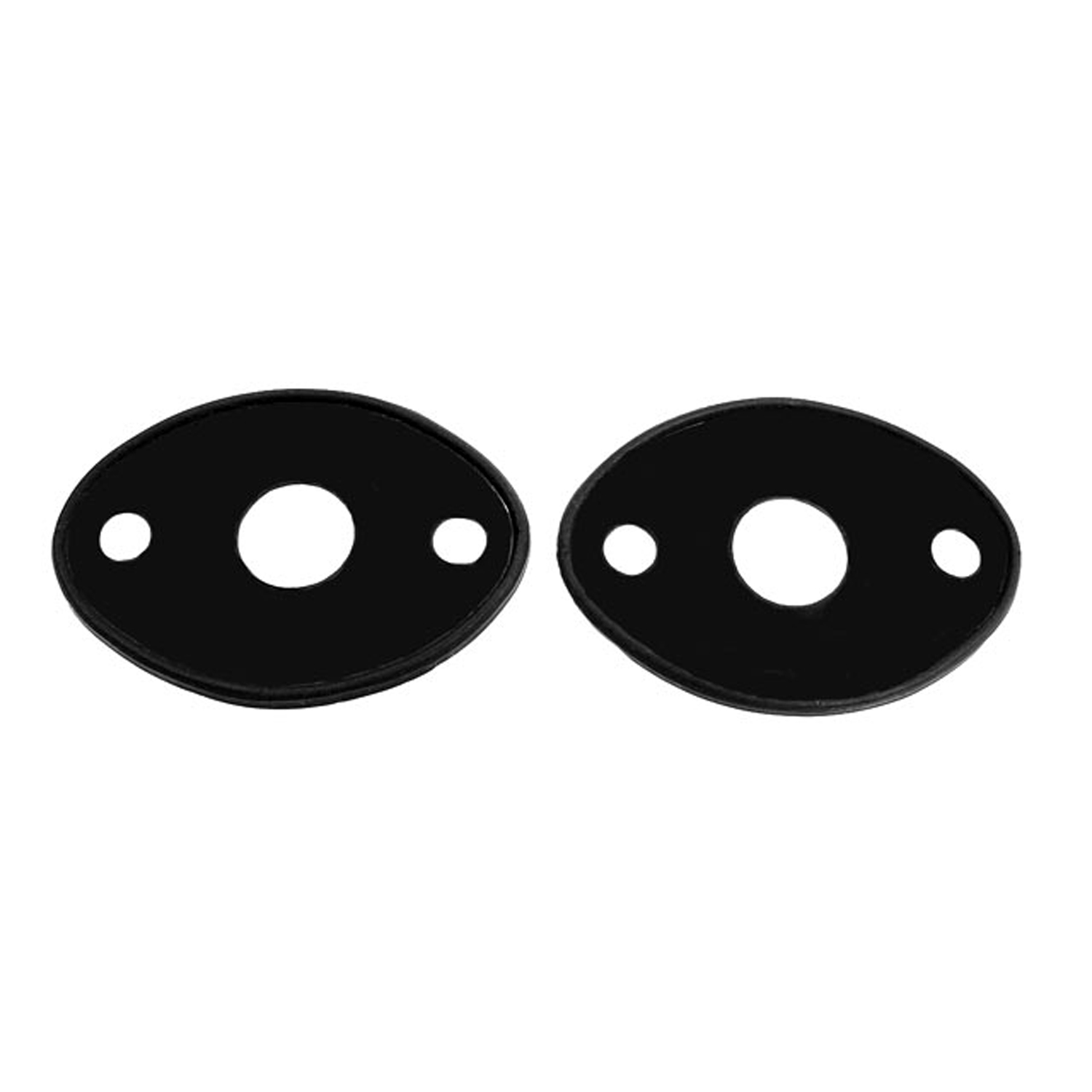 1951 Singer 4AB Headlight Pads. 3" wide X 4-1/4" long. Pair-MP 1405Headlight Pads. 3" wide X 4-1/4" long. Pair
1951 Singer 4AB Headlight Pads. 3" wide X 4-1/4" long. Pair-MP 1405Headlight Pads. 3" wide X 4-1/4" long. PairWhy Choose Metro?
For over 100 years, Metro Moulded Parts has been the pinnacle of quality in classic car restoration parts. Our commitment to precision and authenticity in every component ensures a perfect fit and an OEM-level appearance.
- Expert Craftsmanship & Quality: Each part is a testament to our dedication to reliability and perfection, crafted from original designs and thoroughly tested.
- Advanced Technology: We use cutting-edge techniques to create flawless, long-lasting parts that surpass others in performance.
- SuperSoft Sponge – The Ultimate Door Seal: Not only are our door seals 30% softer than competitors', but they're also guaranteed to never leak. They effectively reduce wind and road noise, enhancing your classic car's comfort and driving experience.
- Proudly American: Our parts are a product of American craftsmanship, made in the USA with a spirit of excellence and heritage.
- Unrivaled Warranty: We back our products with a 30-year industry-leading warranty, a testament to our confidence in their quality.
Join us in preserving the legacy of classic cars with parts that are crafted for perfection, not just made.

